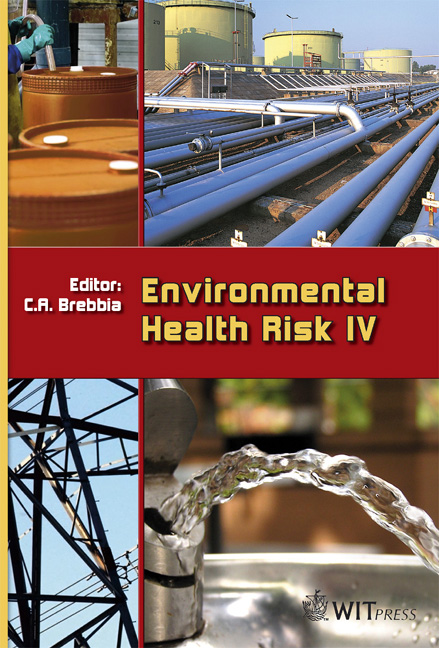Environmental Health Risk From Past Uranium Mining And Milling Activities
Price
Free (open access)
Transaction
Volume
11
Pages
8
Published
2007
Size
1,045 kb
Paper DOI
10.2495/EHR070121
Copyright
WIT Press
Author(s)
F. P. Carvalho
Abstract
In the last few years several European countries undertook closure and environmental remediation of old uranium mining sites. This is the case for Portugal. Due to concerns about public health, environmental radioactivity was recently investigated in a number of counties in the Centre-North of Portugal where the extraction and chemical treatment of uranium ore was carried out, as well as in reference areas. The results of this environmental research and of an assessment of the health condition of local populations allowed the conclusion that some exposure to radioactivity from uranium mining waste occurs in these areas. The reduction of such exposure should be achieved through environmental remediation measures. However, as radio nuclides in uranium mining and milling waste are very long lived and their potential to cause health hazards will last for centuries, remediation measures should be effective for generations. To achieve this goal adequate radioactivity monitoring around sites is needed and institutional custody of waste repository sites should be ensured. Keywords: uranium mining, radioactive waste, ionizing radiation effects, public health, environmental remediation. 1 Introduction Mining of radioactive ores in European countries took place during most of the last century. With the opening of very large uranium mines in Australia, Canada and Africa, uranium mining activities were displaced to these regions and former radium-uranium European producing countries closed their mines and radioactive ore treatment plants by the turn of the century. Since then, these countries started environmental remediation of former uranium mining and
Keywords
uranium mining, radioactive waste, ionizing radiation effects, public health, environmental remediation.





